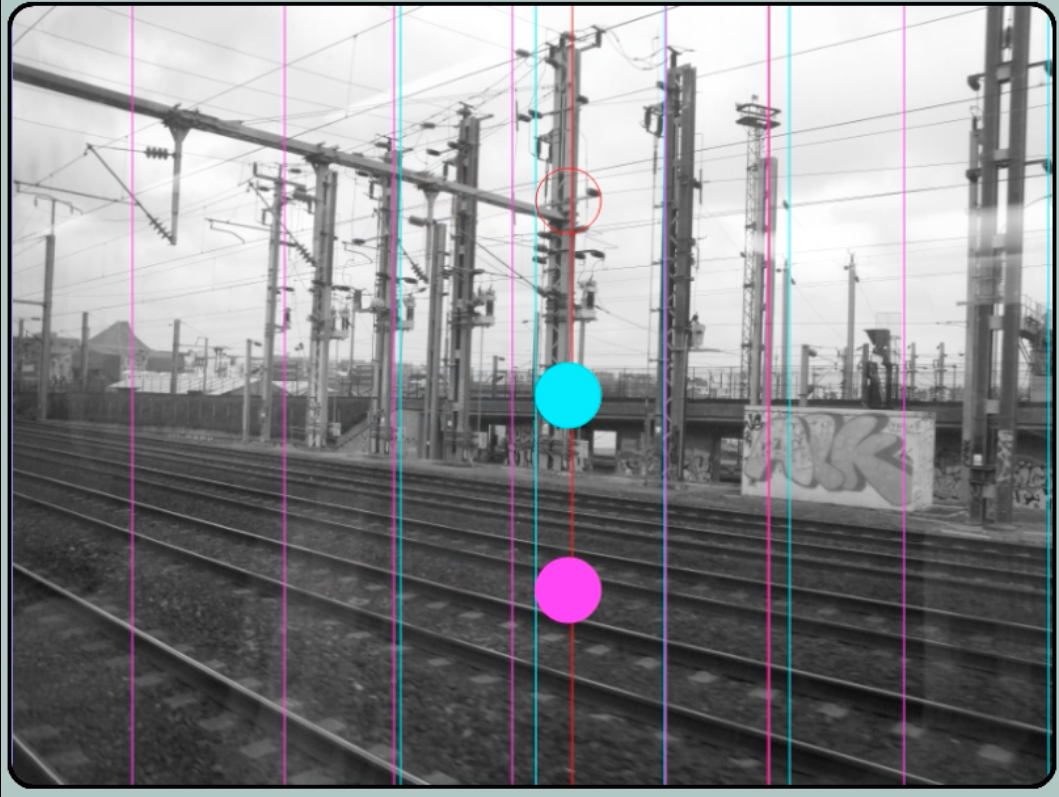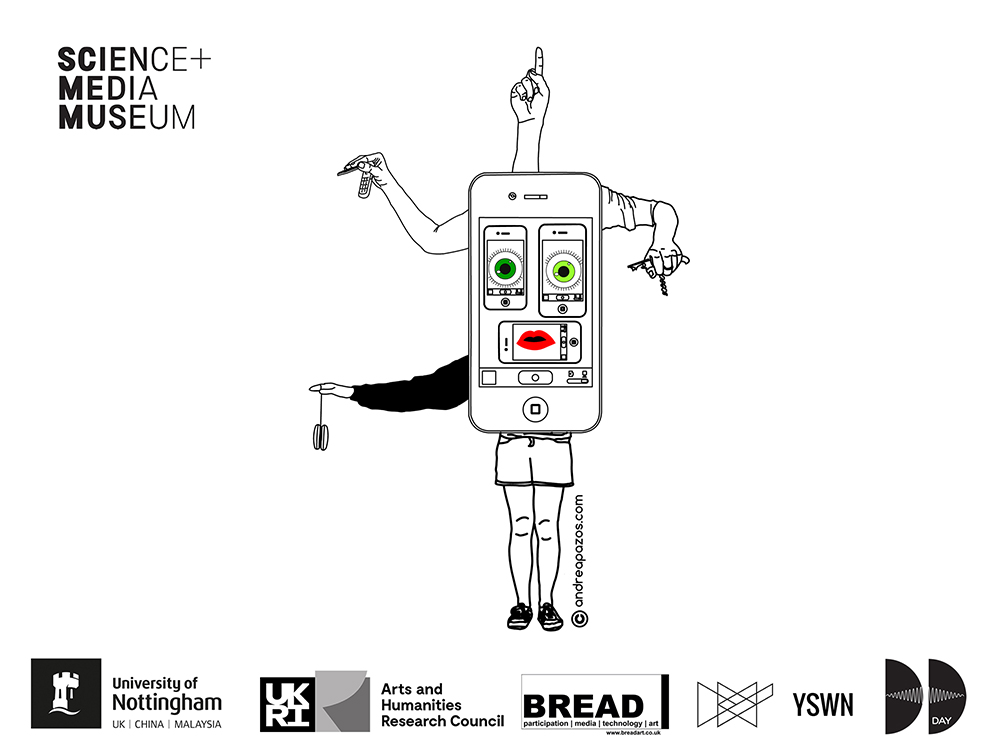
It was an honour to be invited by the National Science and Media Museum to work with the museum’s BBC Radiophonic Workshop collection objects. Our aim was to create a new and innovative exhibit that engages audiences in listening in a way that evokes some of the spirit and atmosphere of the BBC Radiophonic Workshop.
Let’s start with some background information. The BBC Radiophonic Workshop was a small department in the BBC which provided sound and music for radio and TV. It was set up in 1958 by Desmond Briscoe and Daphne Oram; it closed in the late 1990s.
This team of ‘special sound’ employees (the BBC did not employ composers) were musicians, inventors and sound technicians. They had to be inventive as this included a time before computers and synthesisers and they needed to produce their sonic or musical output swiftly.
Examples of their inventive approach include Brian Hodgson creating the TARDIS sound by scraping his house keys on piano strings, and Dick Mills creating a jingle for Radio Sheffield using cutlery (which Sheffield was famous for making as part of its steel manufacturing).
Arguably the Workshop’s most famous work was Delia Derbyshire’s realisation of Ron Grainer’s original Doctor Who theme in 1963. It’s said that Delia and her tape assistant Dick Mills worked in a room on their own for 40 days to create the theme, using a humble piece of string to create the driving bassline rhythm.
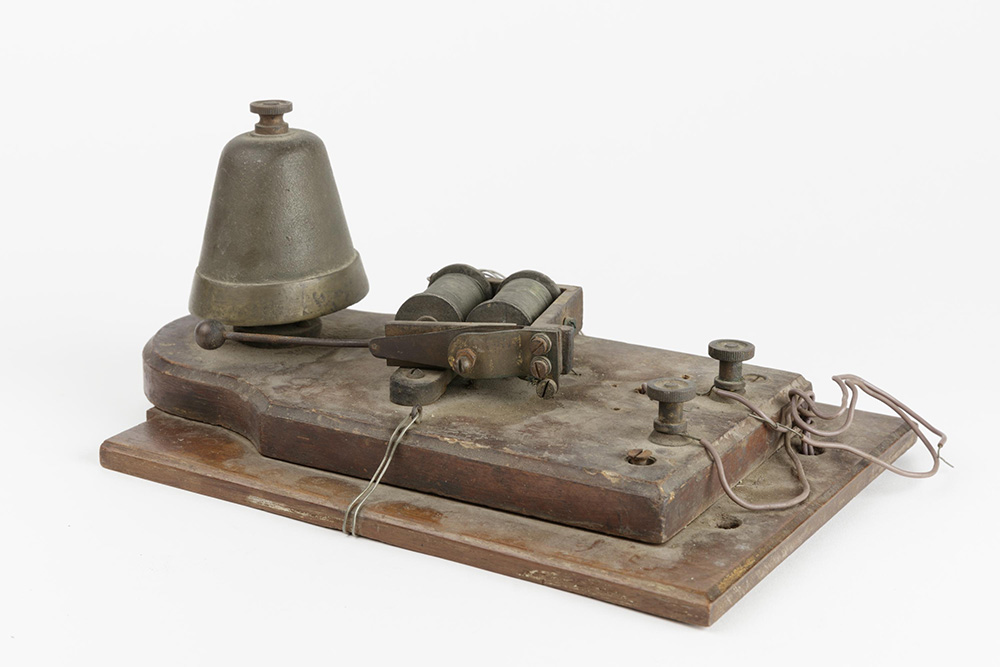
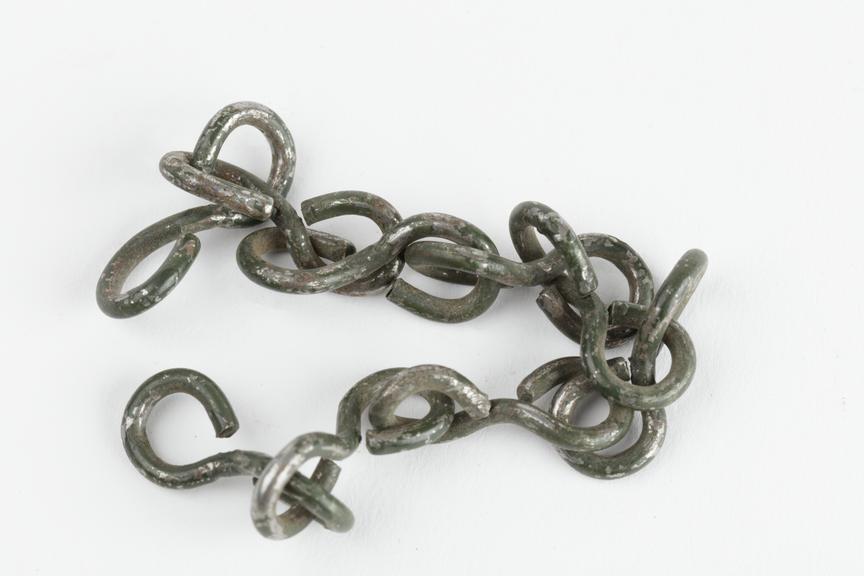
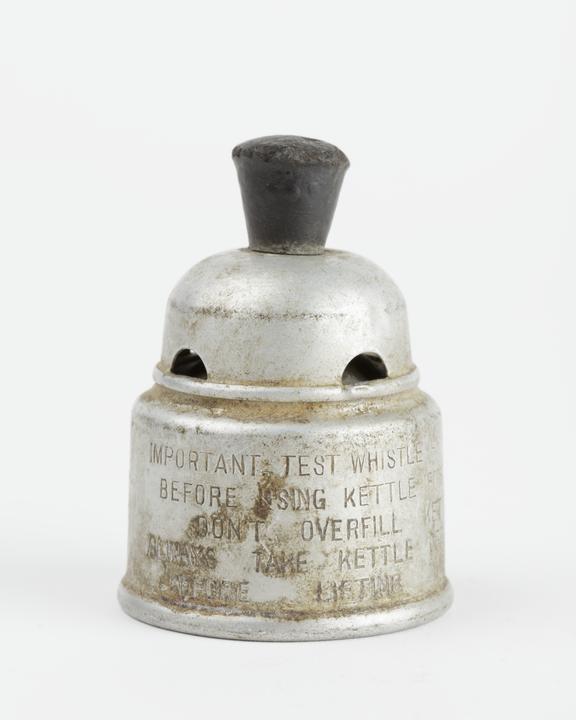
We wanted to capture some of that Radiophonic spirit in Photophonic. I invited David Boultbee of BREAD Art on board to create what has now become an online interactive exhibit, adapted for Covid-19 conditions. We hope the exhibit will also have a life in a gallery space in the future.
We considered deeply the aesthetic and approach to creating an online music-making machine which could give an insight into the production approaches of the Radiophonic Workshop (circa 1958–68). We felt using your phone would be the most accessible and fun way to explore the key concepts we wanted to impart.
I provided a selection of found sounds—non-musical objects—recorded at home, including clanging cutlery, glasses clinking together and a metal lampshade with a nice gong quality to it. The British Library also gave us permission to use some wonderful animal sounds which are part of their expansive Save our Sounds sound archive collection. These include birds and an array of frog species from around the world. If you haven’t heard a pobblebonk frog call, I urge you to check it out—they sound like a synthesiser to me!
All these sounds are a nod to the objects and sound sources the BBC Radiophonic Workshop used to provide music and sound design for radio and TV.
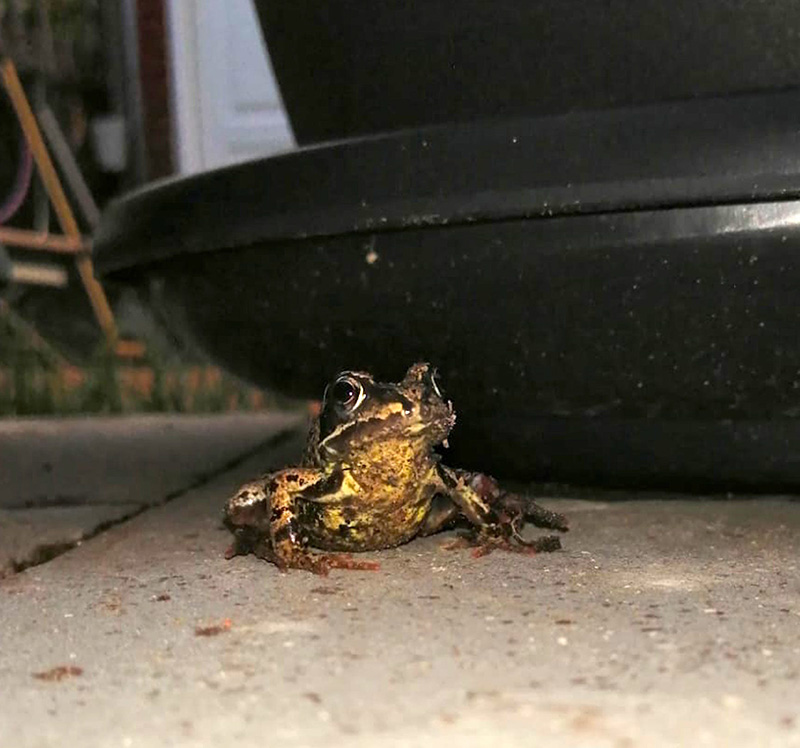
We looked at ways of creatively manipulating sounds that the BBC Radiophonic Workshop also employed, especially when they were working with tape, that are now standard sampling techniques: reversing a sound, changing its pitch, note or frequency, and trimming the sound so you only use a segment of it. These tools are integrated into Photophonic. Once you have sculpted your sounds, you then need to transform them into music with some kind of regular patterns. Rhythm loops seemed the most fun way to do this.
We didn’t want the rhythmic patterns to be too pre-determined nor restrictive for the user, but we were also aware the loop-making aspect needed to be accessible and produce sound organised enough to feel like music. David came up with the fun idea of organising the sounds of ‘everyday’ objects into rhythms we can see around us. Using images of fence railings, rail tracks and other images with vertical lines, the Photophonic player can experiment with different rhythmic patterns according to which lines you want the loop-making machine to detect.
Another lovely aspect to this we are really excited about is that the rhythm looping stage of Photophonic is collaborative even though it’s online. Each user has their own rhythmic line made up of their chosen sounds. So it’s like a real-time online jam, with the potential for collaboration to take place across the world.
We carried out two really helpful user testing group sessions with families online as we developed Photophonic. This exhibit is aimed at 7–11-year-olds. It was fascinating to see and hear the children pick up the visual representation of a waveform and link it to what they were hearing; for example, they remarked that a bird call looks and sounds different to a frog call.
Most of the participants were not musicians and seemed to engage with the visual aesthetic of Photophonic really well. We hope it was an imaginative introduction to making music. Once they could try out the online jam activity, they needed very little guidance before we were treated to a ten-minute ambient online improvisation!
We consider this exhibit to be still in its early stages of prototype as we test it out in the World Wide Web. We hope we have honoured the hardworking pioneers of the BBC Radiophonic Workshop while capturing the magic of music-making, all without using what we might consider as traditional musical instruments.
Huge thanks to David Boultbee for doing all the programming and coding as well as his design ideas and realising what I hoped was possible for this exhibit. Thanks also to the British Library for giving us the animal sounds under Creative Commons license. And lastly to the BBC Radiophonic Workshop for being inventive and inspirational so we can offer fresh and accessible ways into music and sound production.
